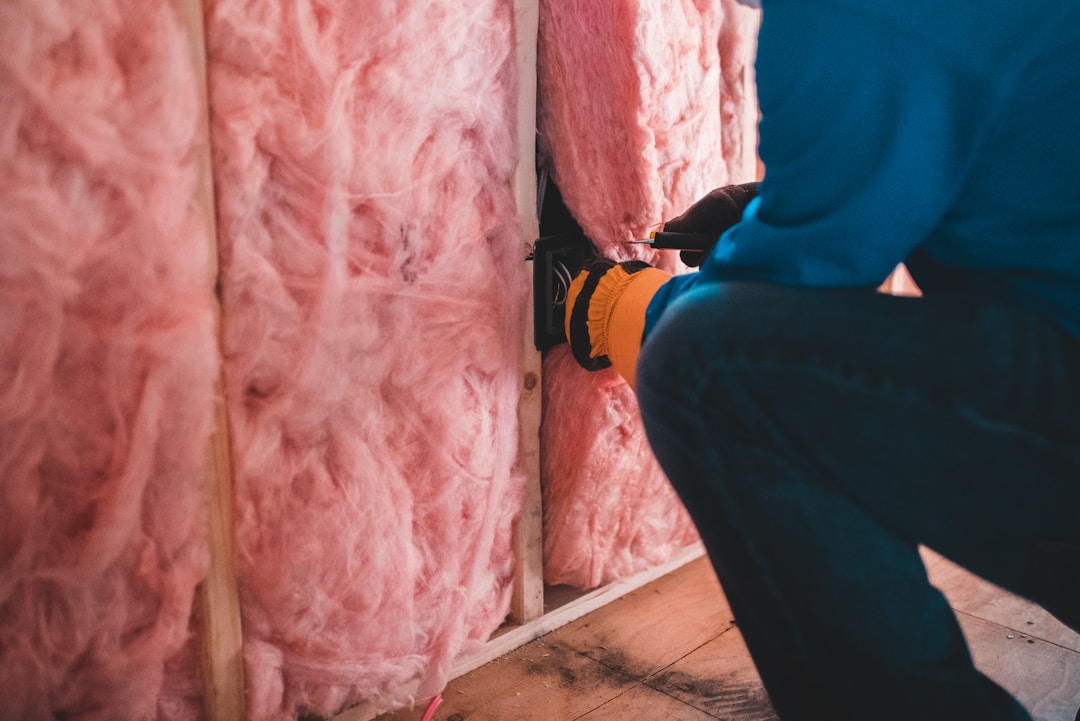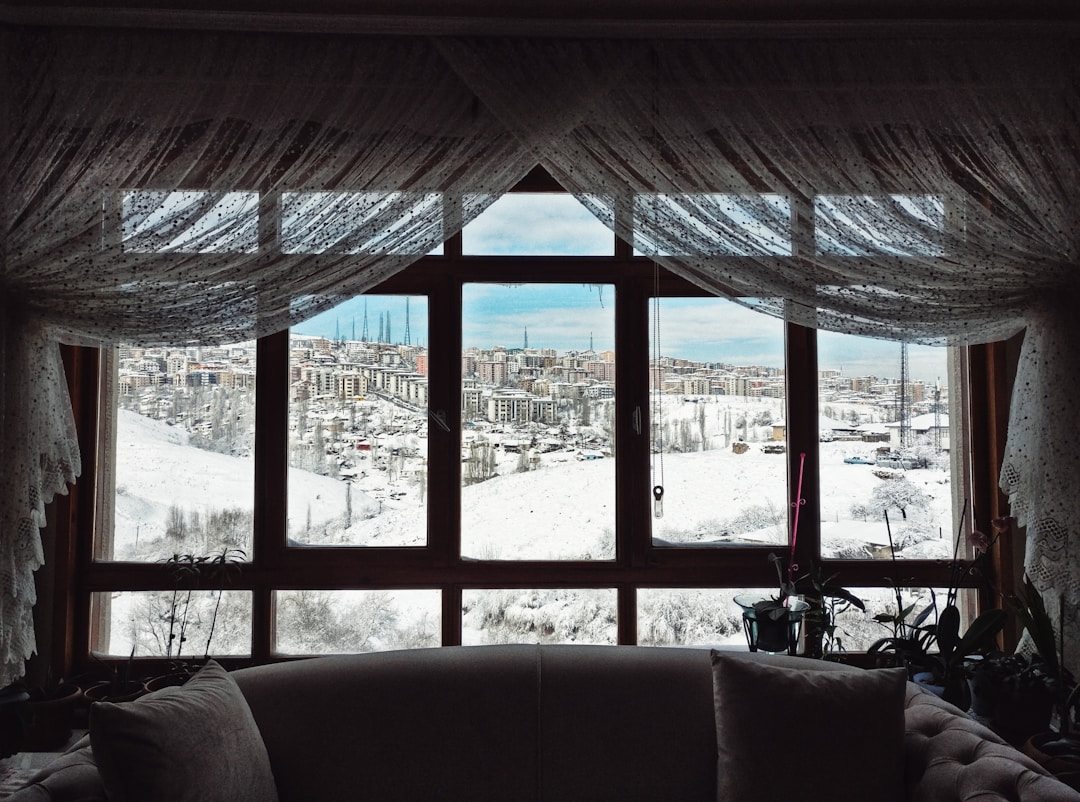Preparing Your Home and Property for the Harsh Winter
As winter approaches, it’s essential to take steps to ensure that your home and property are ready for the colder months. The combination of freezing temperatures, snow, and harsh winds can lead to significant damage if precautions are not taken. Preparing early can protect your property and save you money on repairs and energy costs. Below, we will explore key strategies for winterizing your home, weatherproofing your doors and windows, and safeguarding your outdoor spaces and utilities.
Effective Winterizing Strategies to Safeguard Your Home

One of the first steps in preparing for winter is ensuring that your home is properly insulated. Insulation keeps the heat inside, making your home more energy-efficient and preventing cold air from entering. Check the attic, basement, and crawl spaces for areas that may need additional insulation, particularly around pipes and vents.
Another important aspect of winterizing your home is checking your heating system. Have your furnace or boiler serviced to ensure it’s working efficiently and won’t break down during a cold snap. Replace filters, clean ducts, and upgrade to a more energy-efficient system if needed.
Remember to inspect and prepare your plumbing. When the temperature drops, pipes are at risk of freezing, leading to costly repairs. To prevent this, insulate exposed pipes in unheated areas and consider letting faucets drip slightly to keep water flowing through the pipes during extremely cold weather.
If you own a boat, don’t overlook boat winterization. Make sure it is stored properly to prevent damage from winter conditions. Drain any water systems, add antifreeze, and cover the boat to protect it from snow and ice buildup.
Weatherproofing Doors and Windows for Maximum Efficiency

Ensuring your doors and windows are properly weatherproofed can significantly impact your home’s ability to retain heat during winter. Begin by inspecting the seals around your doors and windows. Any gaps or cracks should be sealed with weatherstripping or caulk to prevent drafts and improve energy efficiency.
For windows, adding insulating film is a cost-effective way to enhance their ability to retain warmth. This film creates an additional layer of protection against the cold and can be easily applied. Custom glass windows may offer more permanent insulation, though they come at a higher cost.
Consider upgrading your doors if they are old or worn. Wooden or metal doors may warp over time, leaving gaps that allow cold air in. Installing a door sweep and replacing worn weatherstripping will help keep your home warmer and reduce heating costs.
Ensure that all locks and latches are functioning correctly. Poorly fitting doors or windows not only allow heat to escape but may also compromise the security of your home during winter storms. Properly secured and sealed doors and windows will keep your home warm and safe.
Protecting Outdoor Spaces and Utilities from Winter Damage
Winter can be particularly harsh on outdoor spaces and utilities, so it’s crucial to take steps to protect them. Start by clearing gutters and downspouts of debris to ensure proper drainage. This prevents ice dams from forming, leading to roof damage and water leaks inside your home.
Next, winterize outdoor faucets by shutting off the water supply and draining the pipes. If you live in an area with particularly cold temperatures, consider adding pipe insulation or heat tape to further protect them from freezing. This simple task can prevent costly plumbing repairs in the spring.
Another key area to focus on is your outdoor equipment. Make sure to store away lawnmowers, grills, and other outdoor appliances that may be damaged by snow or freezing temperatures. For equipment that must remain outside, cover it with durable tarps or weather-resistant covers to keep it protected.
Don’t forget about your driveway and walkways. Applying a layer of de-icer or sand can help prevent ice buildup and create safer walking conditions. Keep salt or other de-icing materials on hand for quick application when necessary, ensuring that your outdoor spaces remain safe and accessible throughout the winter months.
Overall, preparing your home and property for winter requires careful attention to insulation, plumbing, and outdoor maintenance. By taking proactive measures, you can protect your property from damage and ensure a warm, safe, and efficient home throughout the colder months.



